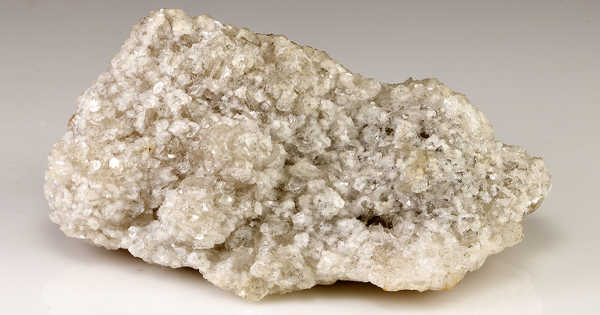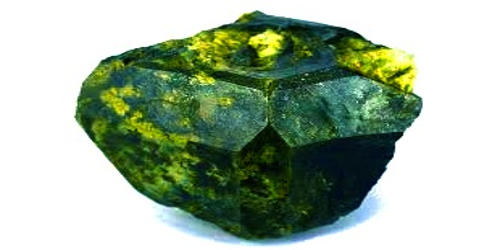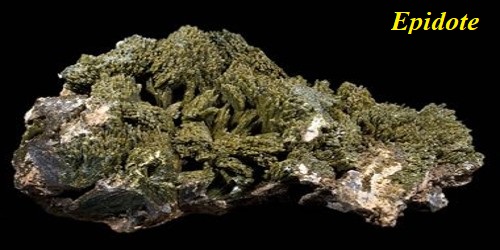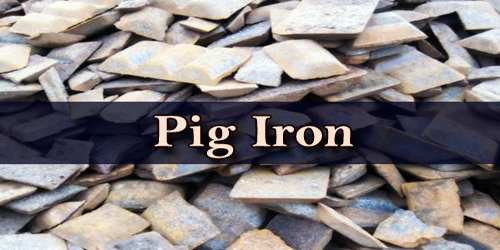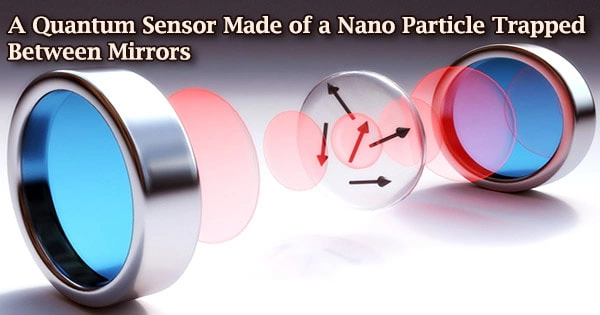Nobleite is a rare borate mineral with the chemical formula CaB6O9(OH)2·3H2O. It is a transparent mineral containing calcium, boron, hydroxide, and water. It was discovered in 1961, in Death Valley, California, and is named for Levi F. Noble, a USGS geologist, in honor of his contributions to the geology of the Death Valley region.
It is monoclinic hydrated calcium borate, occurring as colorless platy crystals in the borate deposits at Furnace Creek, Death Valley, California.
General Information
- Category: Phylloborates
- Formula: (repeating unit) CaB6O9(OH)2·3H2O
- Crystal system: Monoclinic
- Crystal class: Prismatic (2/m) (same H-M symbol)
- Colour: Colorless, white
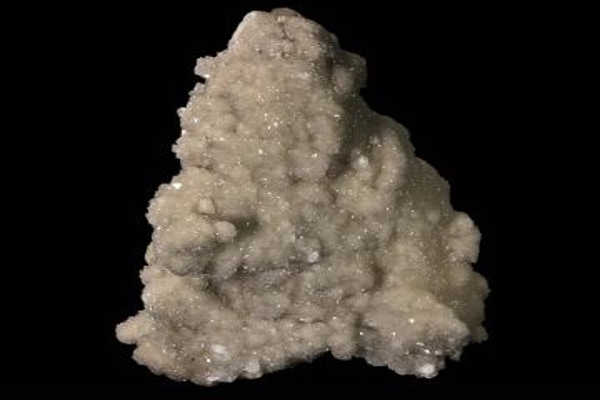
Properties
Nobleite is transparent, colorless to white, colorless in transparent light, and has white streaks. It has a subvitreous luster and is pearly on cleavages.
- Lustre: Sub-Vitreous, Pearly
- Hardness: 3
- Crystal System: Monoclinic
- Transparency: Transparent
- Colour: Colorless, white
- Streak: White
- Tenacity: Sectile
- Fracture: Irregular/Uneven
Occurrences
It was named after Levi Fatzinger Noble (1882-1965), an American geologist, for contributing to the geology of the Death Valley region.
Nobleite was found in a recent incrustation produced by weathering of colemanite and priceite veins in altered olivine basalt and basaltic clastic rocks (near the De Bely mine, California, USA). It is associated with minerals Colemanite, meyerhofferite, gowerite, ulexite, ginorite, sassolite, gypsum, manganese oxide (near the De Bely mine, California, USA).
Nobleite has also been identified at two localities in Chile and Argentina.
Association: Nobleite is distributed in the USA, in the Furnace Creek district, Death Valley, Inyo Co., California, from 1 km north-northwest of the De Bely mine, and several other places and is found coarsely crystalline in the Corkscrew mine. It is also found in the Sijes district, Salta Province, Argentina.
Information Source:
